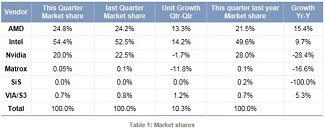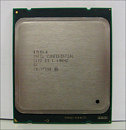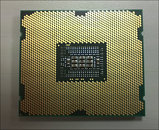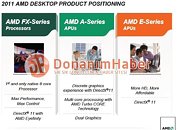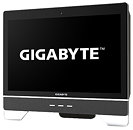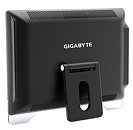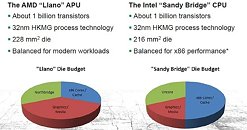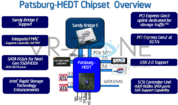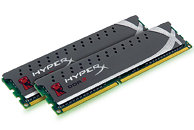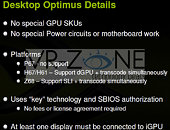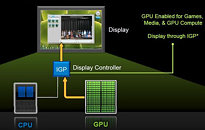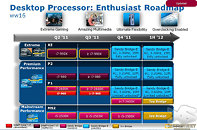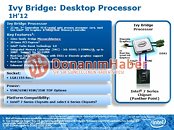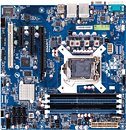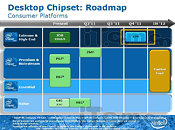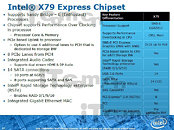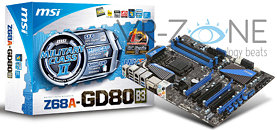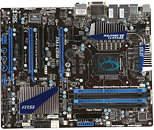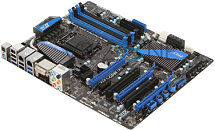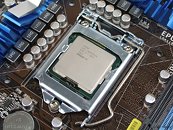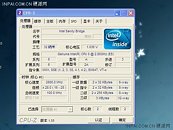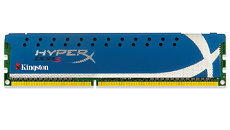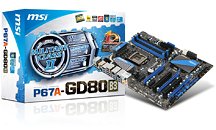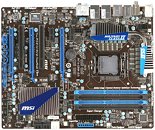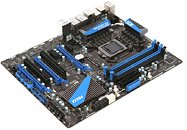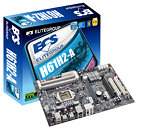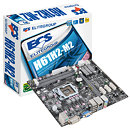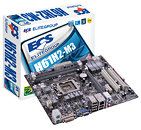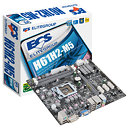Apart from a brand new CPU architecture, Intel's Sandy Bridge LGA1155 platform saw the mass introduction of EFI (extensible firmware interface) to the PC, a new BIOS-replacement component that can eliminate several limitations of BIOS, most notably, the ability to boot from volumes bigger than 3 TB in size. While most motherboard manufacturers have given their LGA1155 models support for UEFI, not everyone has a graphical user interface (GUI) based UEFI setup program that uses mouse as a pointing device, and presents users with UI elements such as radio buttons, drop-lists, and checkboxes to make changes. Gigabyte has been one such manufacturer with its first wave of P67 and H67 based motherboards.
With its newest B3-revision motherboards that include the upcoming Z68 chipset based motherboards, Gigabyte wants to make amends. It has to, being the number two motherboard vendor in terms of volumes. Gigabyte wants to go a step ahead of other vendors, and design a UEFI setup program that not only supports mouse, but also touchscreens, and present a user interface with large icons and design elements that resemble tablets, which are designed to make configuration easier than on mouse-driven UEFI setup programs. The TouchBIOS ("BIOS" here is just used as a verb) from Gigabyte should be available on Gigabyte's upcoming motherboards, as well as in the future, on Gigabyte's all-in-one PCs, tablets, and notebooks.
UPDATE: It turns out that TouchBIOS isn't a firmware application, but rather a Windows-based utility that makes BIOS management easily for the people less acquainted with it. Let's hope the "less acquainted" don't touch the wrong colorful button in their "ooh what does this button do? " moments.
